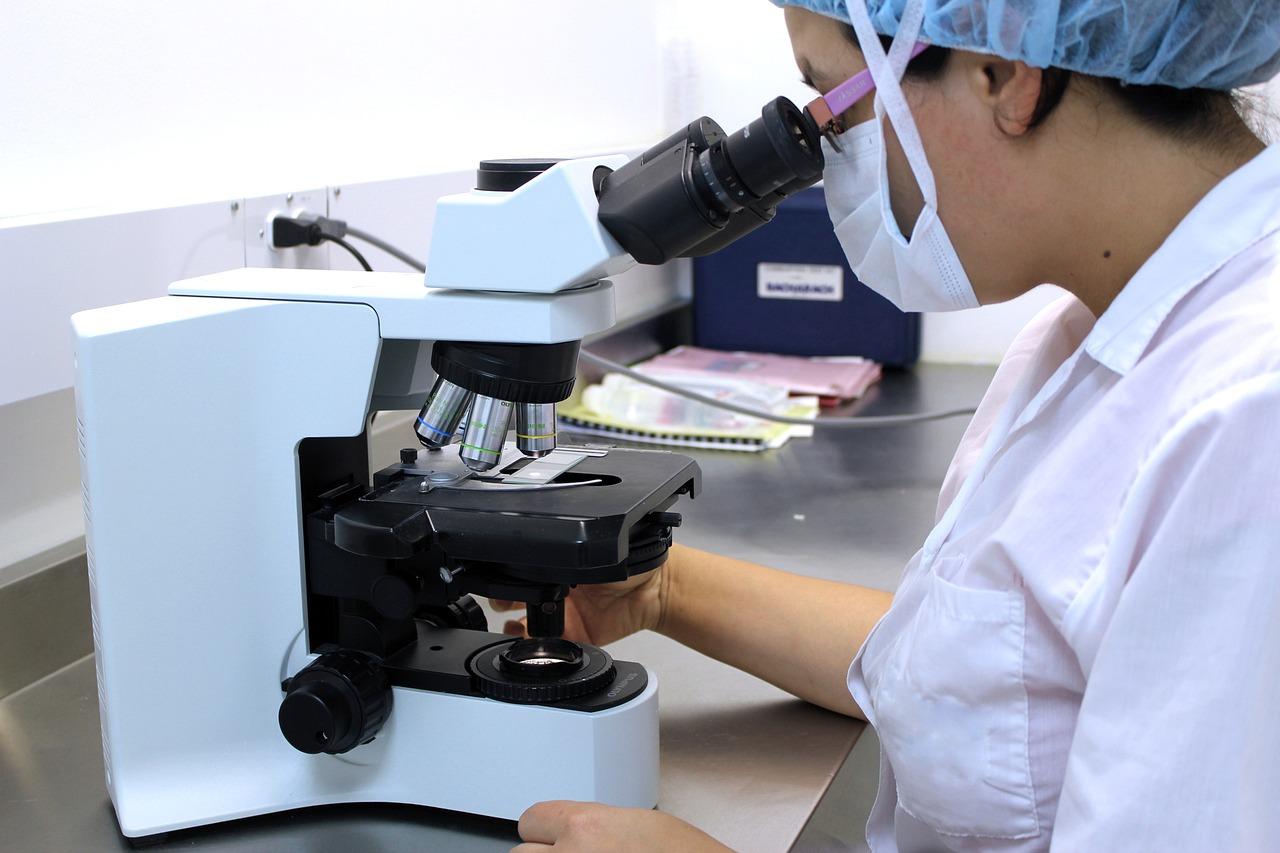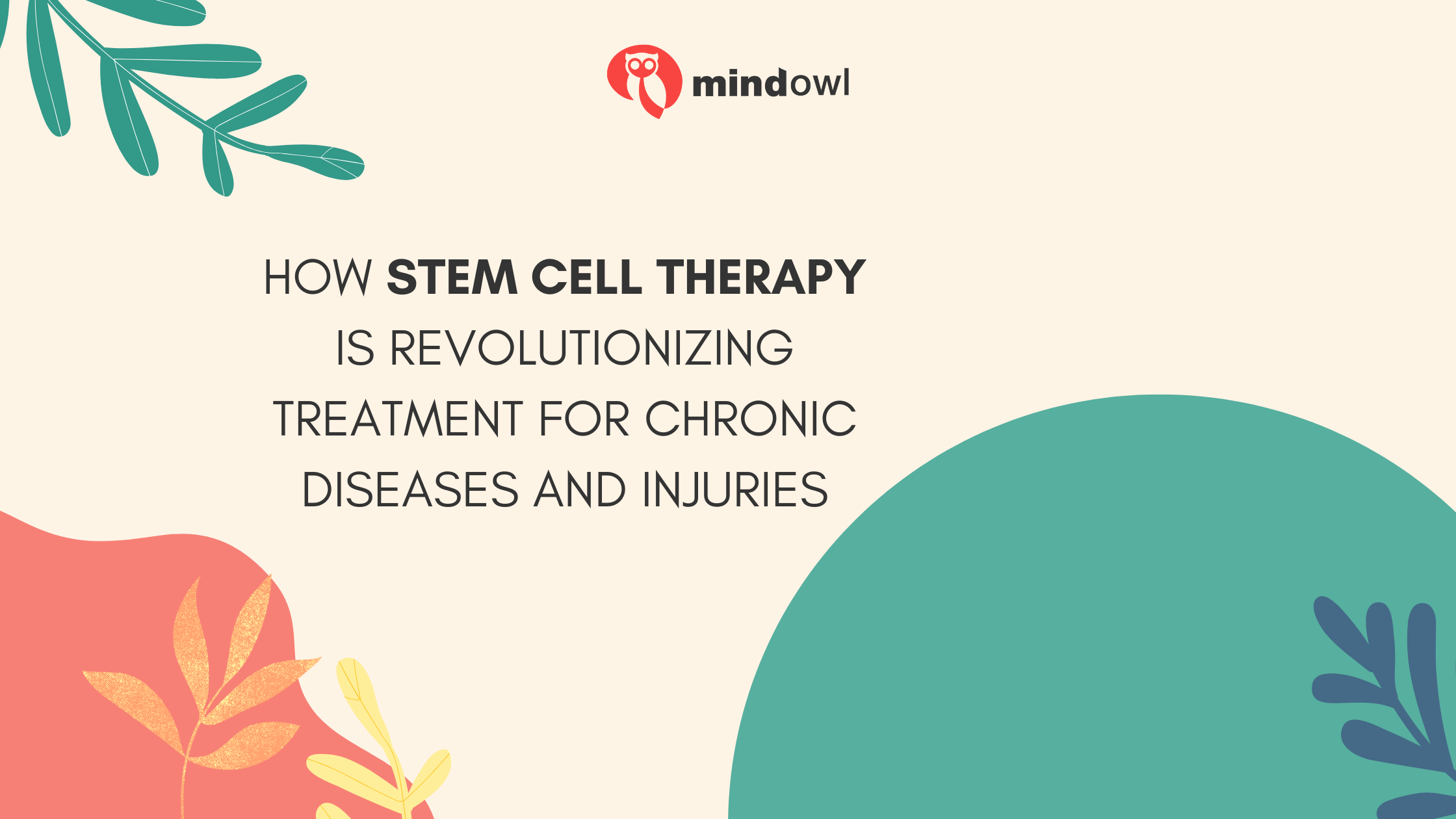
The healthcare industry is constantly growing, embracing various methods that may make the lives of injured or ill patients much simpler. One of the innovations that has created a huge fuss ever since it came into play was the stem cell treatment.
Even though many people have heard about it, the reality is that hardly anyone (apart from healthcare professionals) is really familiar with it, however, if you’re interested in learning more about it, then stay tuned because today, you’ll step into the world of the stem cell therapy and all the good that comes with it.
What Makes It So Beneficial?
People who have undergone a stem cell treatment perceive it as something that’s totally revolutionary which isn’t far off from reality. In fact, many studies have shown that it isn’t only beneficial for all kinds of health conditions, but for injuries too!
Speaking of this, there are several types of stem cells that are utilized in stem cell therapy, and two that are most common and effective are pluripotent stem cells and totipotent stem cells. If you would like to know all about totipotent and pluripotent cell differences, the biggest one is the fact that totipotent stem cells are able to give rise to all of the cell types in an embryo, including the placenta. That’s also the case with pluripotent stem cells, however, they aren’t capable of giving rise to the placenta. That’s the main thing that distinguishes them from totipotent stem cells.
This type of regenerative medicine is able to restore the function of various organs that have been negatively impacted by illness, injury, or age. The entire process can vary depending on the current condition of the patient who is being treated.
So what does it mean? It means that in some situations, a person may get an injection straight into the affected region, while in other cases, they may receive an injection intravenously.
What Determines The Effectiveness Of The Stem Cell Therapy?
As concluded above, there are several factors that may influence this, however, the ones that are most common include these:
- The severity of the disease or injury – Before you decide if you’re going to opt for this treatment or not, you first need to understand the severity of your current condition because if your injury/disease is too severe, then it’s going to take more time for this procedure to work.
- Your age – The sooner (younger) you resort to this therapy, the better because if you wait for too long, the stem cells will be forced to “work more” to help with a particular injury or health problem. Of course, it doesn’t mean that it’s not as efficient in older folks, it just means that it’s going to take more time and effort to achieve excellent results.
Different Conditions That Can Be Treated With It
Many health conditions can be treated with this therapy, and these are the most common ones:
- Lupus
- Crohn’s disease
- Heart-related issues
- Cancer
- Diabetes
- Multiple sclerosis

People who live with certain conditions and injuries are usually very hopeless because they’ve been wasting both time and money to get better. However, if there’s one silver lining for them, it’s a stem cell treatment for sure!
MindOwl Founder – My own struggles in life have led me to this path of understanding the human condition. I graduated with a bachelor’s degree in philosophy before completing a master’s degree in psychology at Regent’s University London. I then completed a postgraduate diploma in philosophical counselling before being trained in ACT (Acceptance and commitment therapy).
I’ve spent the last eight years studying the encounter of meditative practices with modern psychology.

